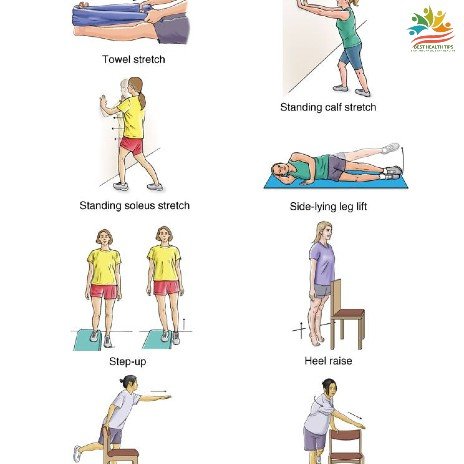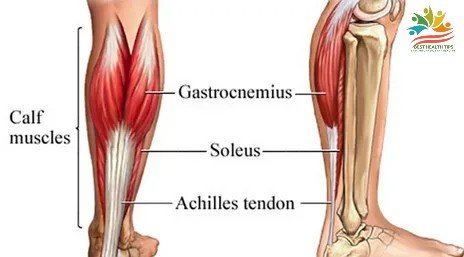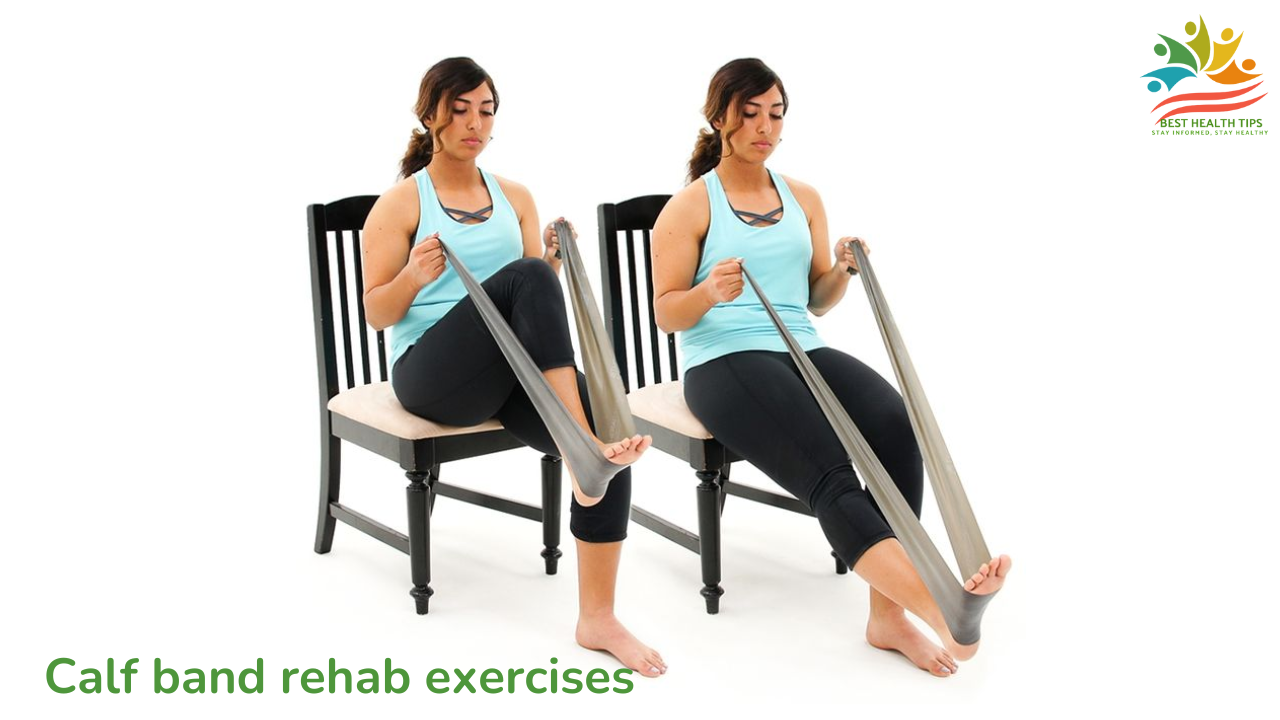Introduction
Calf band rehab exercises like strains or pulls may be painful and cause significant discomfort Rehabilitation is important to regain strength, flexibility, and function, and resistance bands are excellent tools for this purpose Calf band rehab exercises provide controlled, low impact movements that help rebuild the calf muscles while promoting healing
Resistance Bands

Resistance bands offer some special benefits to calf rehabilitation While dumbbells do not maintain constant tension during movement execution, resistance bands are able to provide controlled resistance, which your healing muscles will require
Why Use Resistance Bands for Rehab?
Resistance bands are versatile and allow gradual progress in strength recovery They provide lowimpact workouts, reducing strain on injured muscles while enhancing flexibility Portable and affordable, these bands make rehab accessible at home or anywhere
Seated Calf Press
involves extending your leg, looping a resistance band around the ball of your foot, and pushing forward while controlling the return motion
Standing Calf Raises with Band –
resist the lift by securing the band under your feet and lifting your heels and moving slow and controlled
Ankle Dorsiflexion:
This will target calf and ankle muscles as you pull your toes back on the resistance of the band, increasing flexibility and strength
SingleLeg Stretches:
The band is used to stretch the calf muscles as you gently pull the foot toward you while holding the stretch
Effective Calf Band Rehab Exercises
1 Seated Calf Press
Sit on the floor with straight legs Put the resistance band around the ball of your foot, holding each end in your hand Push your foot forward as though pressing a pedal This is one exercise which rebuilds strength in the calf muscles while exerting less stress on it Repeat for 1015 repetitions in each leg
2 Standing Calf Raises with Band
Stand up with resistance band under your feet and holding both ends of the band in your hands Slowly lift heels off floor while moving into standing on toes Slowly lower back down to floor This can be a calf strengthener, but works your core as well as balance Do 812 repetitions per set
4 SingleLeg Resistance Stretches
Place a resistance band at the back side of your stretched leg Use your hands that are engaging each other to draw the resistance band with minimum force Stretch your calf gradually Hold onto it for 20 to 30 seconds and change legs This is brilliant in creating flexibility and getting rid of stiffness
5 Advanced Lateral Band Walk
The lateral band walk primarily exercises the glutes and thighs but also involves the calves for support Wrap the band around your ankles and step out to the side with the tension on the band This is a very good strengthandcoordination exercise when recovery is advanced
Resistance Bands and Their Progressive Exercises
Progressive exercises use progressive resistance bands that progressively take its slow yet steady effects of the restored strength and flexibility to your calves To follow this guideline, just do what you have to do commit to the exercise routine
Common Calf Injuries
The most common calf injuries include strains, tears, and tendonitis Remember the last time you sprinted without warming up that sharp pain might’ve been your calf crying for help

Symptoms and Signs
- Severe pain in the calf region
- Swelling and tenderness
- Weakness and stiffness
Advantages of Resistance Band Rehabilitation
Calf rehabilitation offers some benefits that traditional weights cannot provide, but resistance bands do. The use of resistance bands matches your muscle’s strength curve naturally, resulting in optimal tension throughout each movement. These exercises add muscle strength, improve on flexibility, and accelerate rehabilitation with increased blood flow as they also help prevent subsequent injuries through stability and good muscle conditioning
Tips for Success
Begin with lighter resistance bands and gradually increase, as well as always warm up before exercise and execute form over pain to avoid strain, stopping immediately if discomfort appears, and seeking the health professional’s advice
FAQs
What duration should be spent per session of exercise
20 to 30 minutes with both warmup and cooldown
Are they designed to do that daily?
Do them every other day so as to allow enough recovery
When Should you seek professional help?
It continues to worsen or aggravates with the exercises
The pain relief is not seen even after two to three weeks
Should I ice my calf following a set of exercises?
Yes, especially during the initiation stage of rehab
Do I need to limit my daily activities when in rehabilitation?
Only in as much as possible; modify based on pain level and professional recommendations
| Year/Period | Event/Development |
|---|---|
| 1950s | Resistance bands introduced for physical therapy, primarily used in hospitals. |
| 1970s | Sports rehabilitation adopted resistance bands for calf and lower limb recovery. |
| 1980s | Calf-specific rehab exercises using bands became popular among athletes. |
| 1990s | Fitness centers began offering resistance band classes, including calf rehab routines. |
| 2000s | Physical therapy widely incorporated bands for post-surgery and injury recovery. |
| 2010s | Home fitness trends increased the use of resistance bands for DIY rehab exercises. |
| 2020s | Advanced techniques using bands gained traction, with apps and videos guiding rehab. |
Conclusion
Calf band rehab exercises can be a very effective method for recovery from calf injuries With proper practice and approach, they will enable you to regain strength, mobility, and functionality altogether and get you back on your active lifestyle in safety


